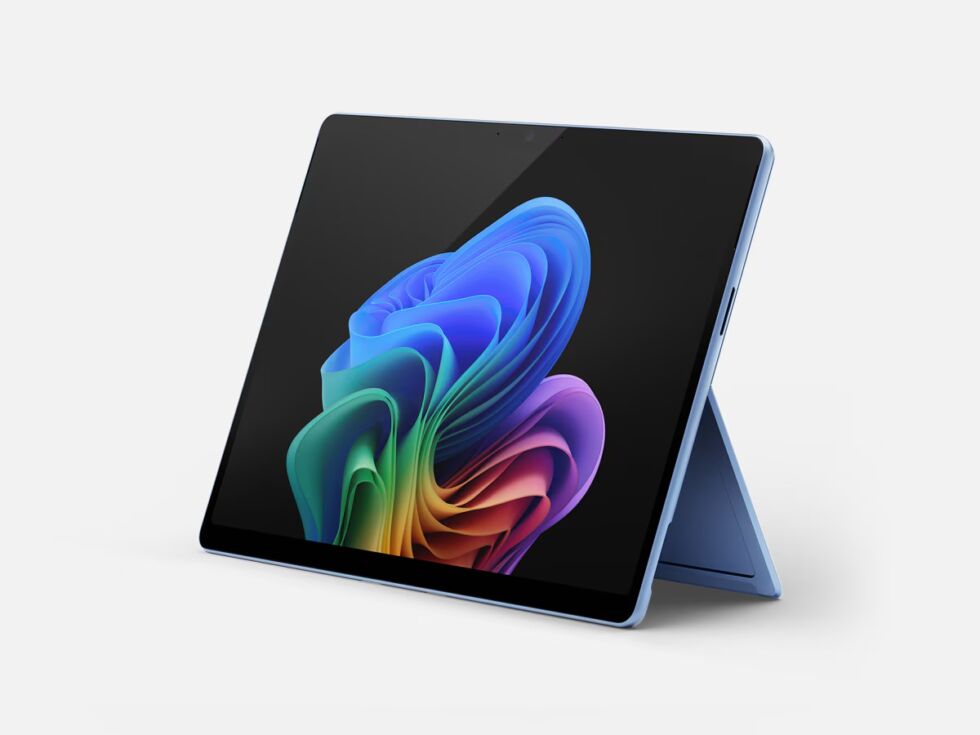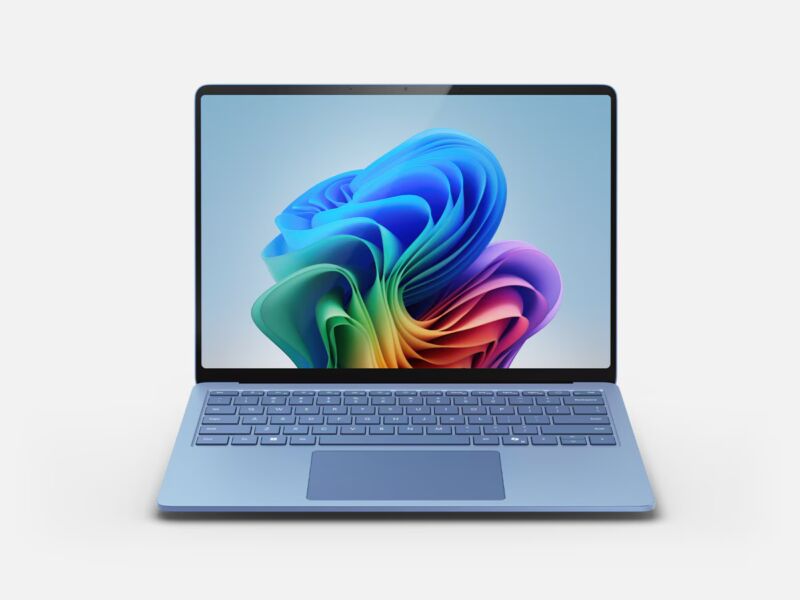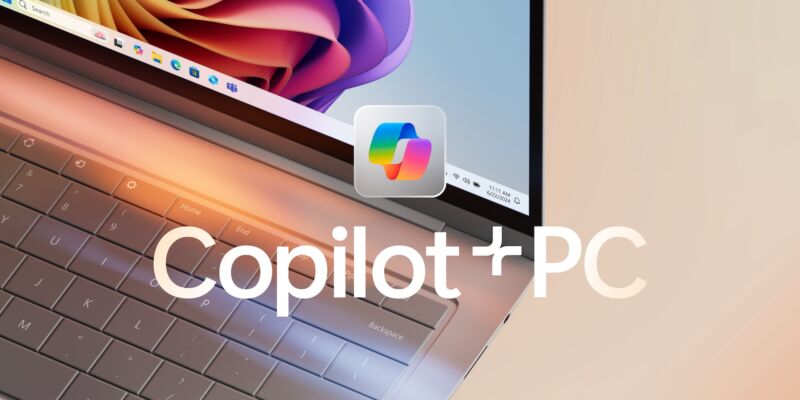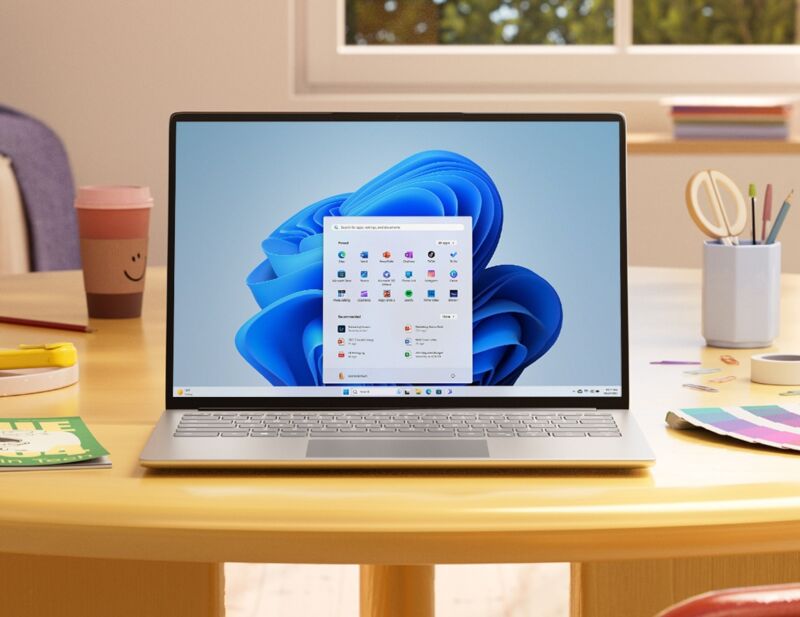Biggest Windows 11 update in 2 years nearly finalized, enters Release Preview

Enlarge (credit: Microsoft)
The Windows 11 24H2 update isn’t scheduled to be released until sometime this fall, but testers can get a near-final version of it early. Microsoft has released Windows 11 24H2 build 26100.712 to its Release Preview testing channel for Windows Insiders, a sign that the update is nearly complete and that the company has shifted into bug-fixing mode ahead of general availability.
Microsoft has generally stuck to smaller but more frequent feature updates during the Windows 11 era, but the annual fall updates still tend to be a bigger deal. They’re the ones that determine whether you’re still eligible for security updates, and they often (but not always) come with more significant under-the-hood changes than the normal feature drops.
Case in point: Windows 11 24H2 includes an updated compiler, kernel, and scheduler, all lower-level system changes made at least in part to better support Arm-based PCs. Existing Windows-on-Arm systems should also see a 10 or 20 percent performance boost when using x86 applications, thanks to improvements in the translation layer (which Microsoft is now calling Prism).




